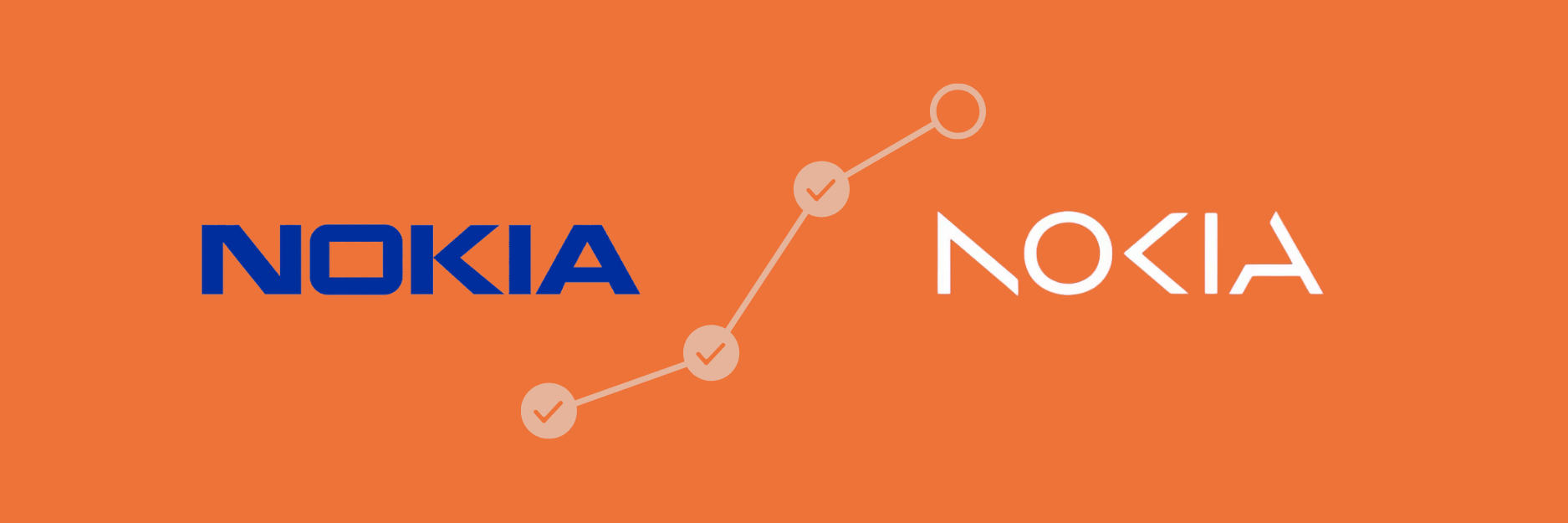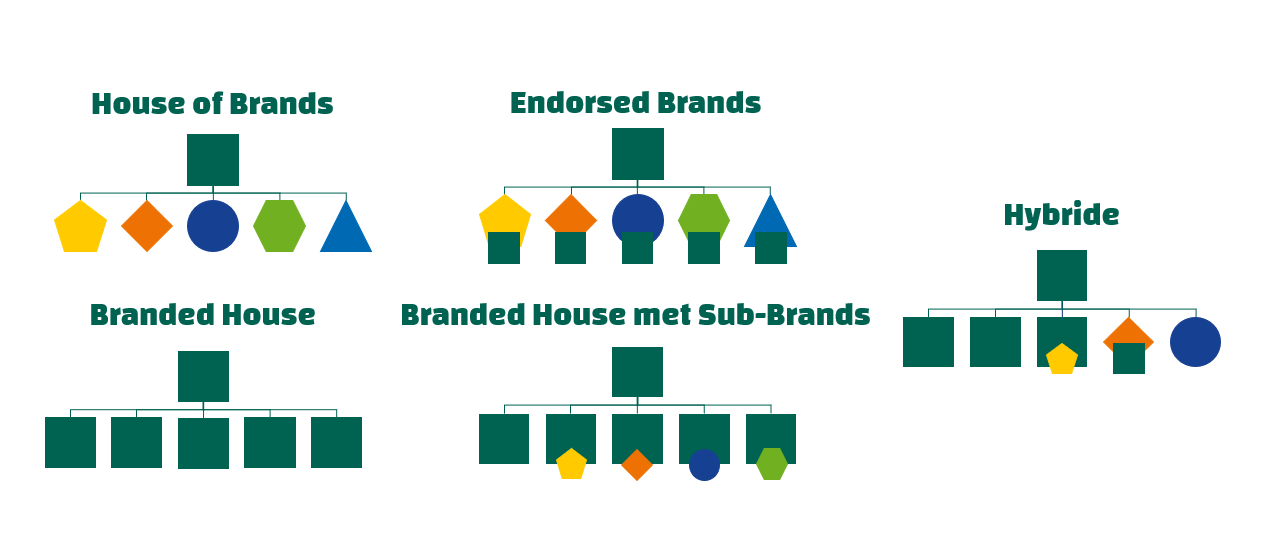When one or more companies are acquired, a collection of brands is created. These brands often need to be brought together within a logical brand architecture. But how do you create a brand architecture that clearly defines the positioning of different entities?
Why a logical brand architecture for Post Merger Integration?
The goal of acquisitions is to combine the commercial strengths of the various brands, where possible, supported by a long-term vision and growth strategy. Sometimes, one or more entities continue to operate independently. To ensure this is properly communicated to the outside world, a logical brand architecture is necessary.
Through a logical brand architecture:
- prevent cannibalism between brands,
- the distinctive features of each brand are strongly highlighted through clear positioning,
- its coherent propositions are easy to explain and understand for users and target groups.
In the article“Brand Architecture for B2B Companies,” we explore the topic of brand architecture.
How does this contribute to the success of a Post Merger Integration?
A logical brand architecture contributes, among other things, to better brand recognition. This increases your commercial effectiveness. A sophisticated communication strategy informs and engages internal and external stakeholders. The result of our efforts is a format for accelerated brand integration in future add-ons.
The prelude to a ‘brand of choice’
We believe every brand should strive to become a brand of choice, regardless of the size of the market or the demographic. Of course, it’s easier said than done, which is why we love helping companies that aim high. But how do you become a brand of choice?
How well the add-ons are aligned, the differences in approach, the market, and customer needs vary. Many factors contribute to becoming a “brand of choice.”
To gain insight and overview of all relevant factors, we developed the Marketing Performance Model©. We use the following axes to determine where and how improvements can be made to achieve your ambitions.
- Company Essentials, with organizational elements.
- Customer Fit, where supply and customer needs meet.
- Business Development, with propositions and the resources needed for sales.
The Marketing Performance Model© is the backbone of our approach at Post Merger Integrations and B2B service providers. The results of the assessments and our market and competitor analyses provide a well-founded starting point for developing a logical brand architecture, recognizable propositions, and a strong brand positioning.











